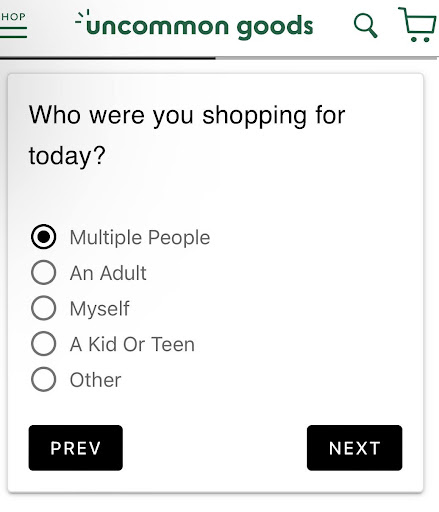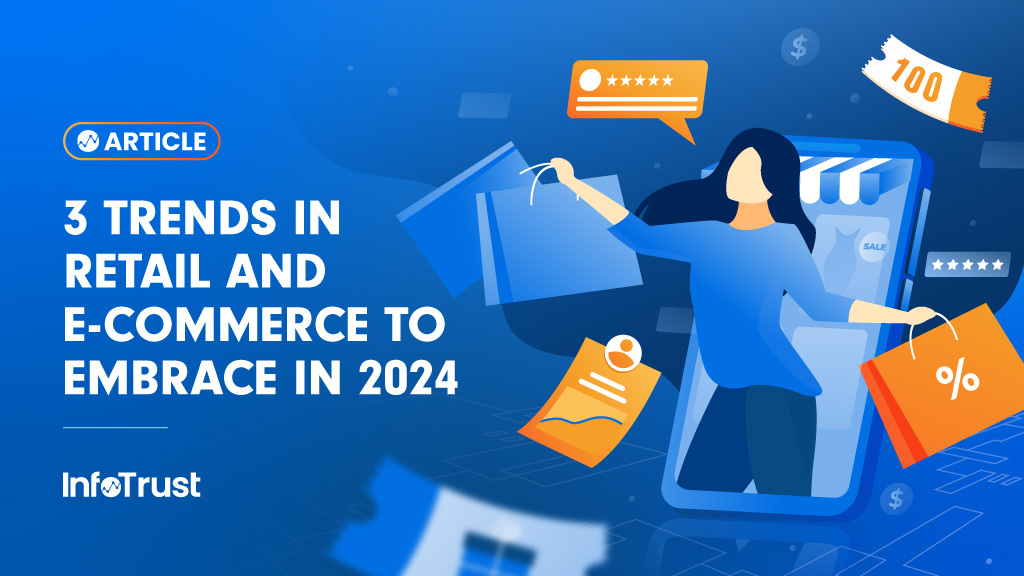From the late 1880s to early 1990s, maybe you’ve heard there was a little thing called the Sears, Roebuck Catalog. And by “little”, we’re talking about the amazon.com of its time with often 1000+ pages of products to shop from. Instead of search result pages in the 21st century, there were indexes in the “pink pages at the end of the book”; instead of product recommendation carousels or lists, there were curated pages by price or category, leading to upwards of 20-30 products crammed neatly into a page. My personal nightmare? The concept of filtering and sorting product pages was unheard of as meaningless item numbers simply ordered products page after page.
Even since 2020, we have seen a rapid change in the buying preferences of consumers, a shift in what product categories are growing or declining in revenue, and ever-evolving expectations of the digital experience. The year 2024 is no exception, and presents an opportunity to assess your digital analytics strategy to ensure your organization is driving impact with data.
With that, some of the notable trends we expect to see only developing further in 2024 include:
Improved Shopping Experience
For many retailers, gone are the days of a traditional multi-step checkout process. In years past, you’d often have a cart page, a delivery information page, a payment information page, and a confirmation page leading up to the final conversion.
However, with the introduction of fulfillment options like BOPIS and Same-Day Delivery, as well as Buy Now, Pay Later, one-click checkouts (think Shop Pay) and digital wallets (think Apple Pay, PayPal, Venmo, and the like), the experience to checkout can be both overwhelming and time-consuming.
Determine the most optimal way to enhance your checkout through testing and optimization, looking at your website or app analytics for insights, and even surveying customers. Depending on the brand, product, or customer segment, these preferences could be different, so don’t assume a one-size fits-all approach!
Another challenge with checkout can be balancing the desire for users to create an account while not deterring customers from making a purchase. In a recent study by Baymard Institute, 25 percent of respondents said they abandoned their cart because the site wanted them to create an account. Consider adding context about the benefits of creating an account—storing information, personalized offers, free shipping—and then delivering on those benefits to build brand loyalty.
Evolving Incentives to Buy
Getting a customer to make that final click to purchase can be challenging, especially if you are one of many retailers who see a large drop off from cart to confirmation page. However, this behavior isn’t just true for digital “window shoppers”, but often due to a lack of incentive.
BigCommerce reported in a recent study that the incentive most respondents looked for when ready to purchase was free shipping, followed by sales or clearance items, and discount codes at checkout. Consider tracking in your digital analytics tools to see how many promo code errors you see occurring for sessions that start checkout. This likely indicates that users are running right before a purchase to Google with a search something like “[Your Brand] promo codes” and trying anything that comes up.
Instead, why not offer more incentive upfront to customers on your website at the checkout if you know they are a guest or first-time shopper? Remember that it’s just as important to continue to incentivize returning customers as well. You don’t want to run into the age-old issue of a customer creating a new account under every email they own to get new customer incentives every time they buy. Similarly, you don’t want customers unsubscribing and resubscribing to your emails and SMS just to get a free shipping coupon or 10 percent off your first order. Remember that having a strong strategy here can be a great way to keep your data clean and have better user identification for more optimized use of your marketing budget and time.
Finding ways to create meaningful incentives, and in turn, incentivizing your customers to use a single account and login on your website for better owned data can be a strong strategy in 2024 to navigate a cookieless future.
Strategic Zero-Party Data Capture
Zero-party data—have you heard of it? While being a type of first-party data—directly collected by an organization on its owned properties—the main difference is that zero-party data is intentional and additional information a user chooses to share.
A great example of this in action is from the Uncommon Goods website. As a site that does a significant amount of gifting sales, but also personalized recommendations, it’s important they can distinguish what products are purchased for someone else, as well as for what occasion. After making a purchase, Uncommon Goods has collected first-party data about what was purchased, a shipping address, and payment selection. However, they also have an optional zero-party data capture, including:


As a frequent shopper on this site, I appreciate as a customer that I don’t receive unsolicited or irrelevant personalized item recommendations for items I’m buying for someone else with different interests than me. My experience is customized because Uncommon Goods knows what holidays I’m typically shopping for on their site, who I often buy for, and how early in advance I shop around certain holidays. They also know what items I really enjoy buying for myself, so when they do provide a personalized recommendation, it’s spot on—and yes, I really love a good farmers market!

As a customer, I love this brand, so I’m willing to share a bit more information about myself and my preferences knowing I receive a value exchange from the brand, including more personalized experiences and offers.
Consider in 2024 how and where to give customers the ability to provide you with zero-party data. Understand that those who do are also likely to have greater brand trust and loyalty, so use their data wisely to maintain credibility. And as always, remember the importance of respecting the user’s right to privacy. While being out of compliance with privacy laws can cost you big time, the cost of losing brand trust because of a misuse of a customer’s data (especially zero-party data) can be much more costly and devastating in the long run.
Final Thoughts
The year 2024 will certainly have its own uniqueness, but keep in mind that at the core of all three trends is one central theme: focus on improving the customer experience by listening to what your customers want! Whether through improved UX on your website; more options and flexibility; or better incentives to meet expectations or providing truly personalized and genuine touchpoints, in a privacy-centric world, building trust and consistently delivering is key to success in the years to come.




